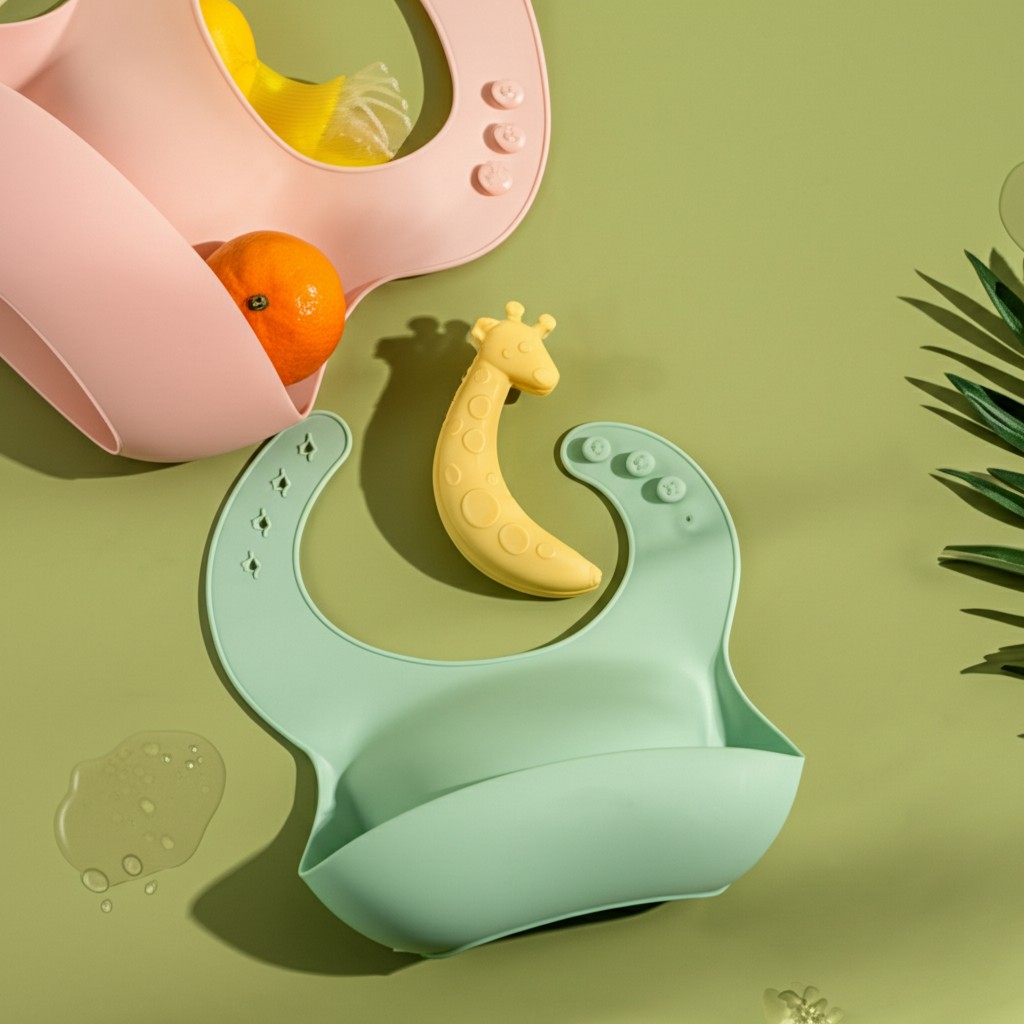内容
What Is Liquid Silicone Rubber Used For? A Complete Guide for Modern Manufacturing
Liquid Silicone Rubber (LSR) has become one of the most important materials in today’s manufacturing industry. Its ability to combine precision molding, long-term durability, and outstanding safety performance makes it ideal for medical devices, food-contact products, electronics, and automotive parts.
This article explains what LSR is, how it works, its unique benefits, and the industries that rely on it—helping engineers, brands, and product developers understand why LSR continues to rise in global demand.
1. What Is Liquid Silicone Rubber (LSR)?
Liquid Silicone Rubber is a two-component, platinum-cured silicone system designed for high-precision injection molding.
It consists of:
Part A: Contains a platinum catalyst
Part B: Contains a crosslinker and additives
Once mixed, these two components undergo an addition-cure reaction that forms a stable, elastic structure. Unlike traditional solid silicone requiring compression molding, LSR is:
Low-viscosity
Automatically dosed and mixed
Fast-curing
Suitable for fully automated production
This makes LSR ideal for producing high-volume, complex, and medical-grade silicone components.
2. Key Characteristics of Liquid Silicone Rubber
LSR is favored because it delivers performance levels unattainable with traditional rubbers. Below are its most notable characteristics.
Outstanding Temperature Resistance
Performs reliably from –60°C to +250°C
Maintains elasticity under extreme heat and cold
Does not melt, degrade, or release harmful substances
Chemical and Environmental Stability
Resistant to ozone, UV radiation, moisture, and oxidation
Maintains performance even after long-term outdoor exposure
Biocompatibility and Safety
Hypoallergenic and odorless
Suitable for skin-contact and medical applications
Certified for food-grade use (FDA, LFGB, BfR etc.)
High Mechanical Strength
Strong tear resistance
High tensile strength
Excellent flexibility and rebound performance
Electrical Insulation
Stable dielectric properties across a wide temperature range
Ideal for electrical sealing and insulation parts
Dimensional Precision
LSR exhibits minimal shrinkage during curing, enabling high-precision molding for micro-sized and tight-tolerance components.
3. Advantages of LSR Injection Molding
The rapid growth of LSR is closely tied to LSR injection molding, a process that brings major engineering and production benefits.
High Efficiency for Mass Production
Automated mixing and dosing
Fast curing cycles
Suitable for 24/7 continuous manufacturing
Ability to Mold Complex Geometries
Thin-wall parts
Micro-molded components
Intricate sealing structures
Low Flash and High Consistency
Advantageous for medical and infant products
Reduces post-processing and waste
Supports Overmolding and Two-Shot Molding
LSR bonds permanently with many materials, including:
Engineering plastics
Stainless steel
Aluminum
Electronics or sensitive components
This allows manufacturers to create ergonomic grips, soft-touch areas, durable seals, and multifunctional components in a single process.
4. What Is Liquid Silicone Rubber Used For?
Due to its versatility, LSR is applied across many high-performance industries. Below are the most common sectors.
1) Medical and Healthcare
LSR is widely used in medical-grade applications due to its biocompatibility and sterilization resistance.
Common medical uses include:
Catheters
Respiratory masks and valves
Sealing caps
Infant care products
Wearable health devices
Its ability to withstand autoclave sterilization makes LSR ideal for clinical environments.
2) Baby and Food-Contact Products
Food- and medical-grade LSR offers unmatched safety for baby and kitchen products.
Typical applications:
Baby bottle nipples
Teethers and feeding accessories
Ice molds and baking molds
Silicone lids and gaskets
Freeze trays and kitchen tools
LSR’s resistance to heat, cold, and chemicals ensures long-lasting, hygienic performance.
3) Electronics and Consumer Devices
LSR is widely used in electronic devices that require soft-touch surfaces or waterproof protection.
Examples:
Smartphone protective cases
Keypads and buttons
Smartwatch straps
Earbud tips
Connector seals
Its insulation, sweat resistance, and durability make it ideal for wearable electronics.
4) Automotive and Industrial Applications
LSR withstands the extreme conditions found in automotive and industrial environments.
Typical uses include:
Engine compartment seals
Electrical connector gaskets
Vibration dampers
Headlamp seals
High-temperature O-rings
The material maintains stability in heat, oil, ozone, and outdoor conditions.
5) Household and Daily Use Products
LSR is also popular for daily consumer products:
Kitchen utensils
Heat-resistant handles
Reusable storage containers
Sealing rings
Home appliances
Its long service life reduces waste and enhances sustainability.
5. Why LSR Demand Continues to Grow
Several global trends contribute to the increasing demand for liquid silicone rubber:
Growth of wearable medical devices
Rising consumer preference for food-safe materials
Expansion of automotive electronics
Increasing need for durable waterproof components
Replacement of plastic with safer alternatives
With the ability to meet both functional and regulatory requirements, LSR is becoming a top choice for modern product development.
結論
Liquid Silicone Rubber stands out as one of the most versatile and high-performance materials available today. Its ability to endure extreme temperatures, maintain biocompatibility, deliver precise molding, and bond with other materials makes it ideal for a wide range of industries—from medical devices and baby products to consumer electronics and automotive components.
As manufacturing technology advances, LSR will continue to play a key role in creating safer, more durable, and more innovative silicone products.



